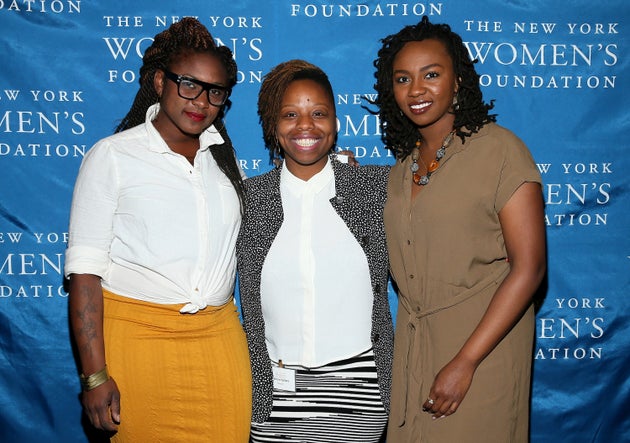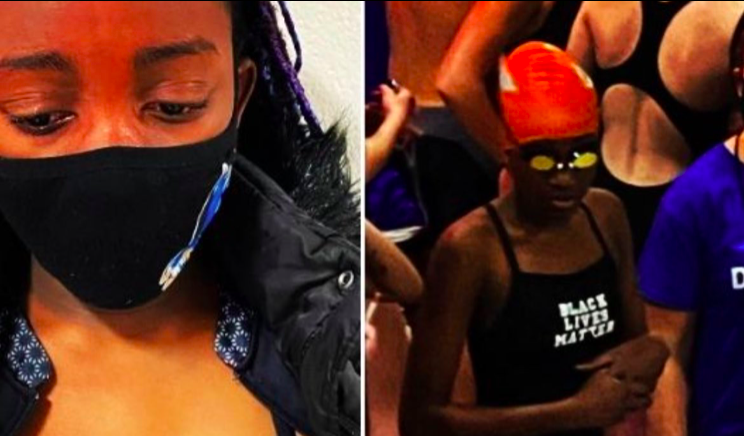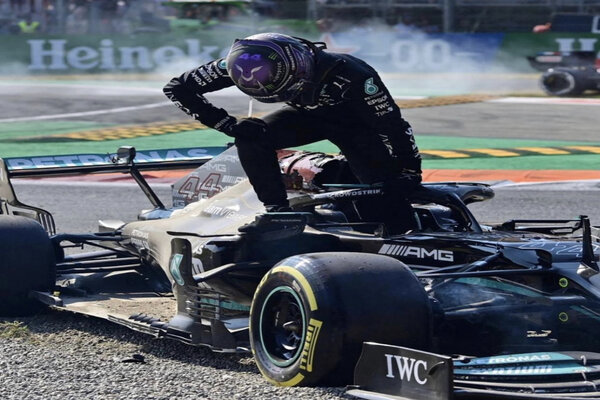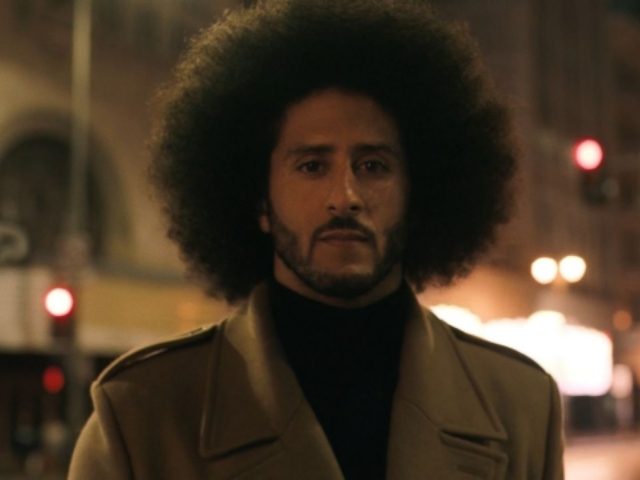The BLM, as a human rights organization and the overarching movement it helped ignite, has been lambasted by President Barack Obama. A former president, Bill Clinton shouted down someone he misidentified as a member of Black Lives Matter and Hillary Clinton, a woman with aspirations to be the next president, has belittled the very idea of BLM altogether.
Though they howl and wail like stuck dogs when pressed to assure us that they will take a stance against black lives being treated as the oil that lubricates the wheel of democracy, the perverse viewpoint that this movement and others should ingratiate themselves in, and eventually become part of, a political construct whose primary purpose is to perpetuate itself is rather disingenuous and borderline loony.
It’s almost like they believe white supremacy is some mythical specter rather than a proven historical fact.
Not only are people of African, Latino and Native descent shot far more frequently than the rest of the American populous, despite stats showing that these groups are far less likely to be in possession of a weapon than the majority, but these groups are far more likely to turn up dead in police custody as well.
The shady circumstances that led to the death of Sandra Bland have been repeated across the nation. 18-year-old Kindra Chapman died in a cell in Alabama. Like Bland, the official story is that she committed suicide, despite no medical history of mental illness or suicidal tendencies. Ralkina Jones was found dead in a cell in Ohio after telling police she didnt want to die. She is said to have been refused medical treatment. Raynette Turner, a 43-year-old mother of three died under similar circumstances.
Though suicide may indeed have been a possibility for Bland and Chapman, failure by authorities to be as transparent as possible in reporting these incidents to the public, and immediately adversarial stances taken by law enforcement when pressured to be forthcoming regarding these losses of life, are beyond problematic. According to a 2011 report conducted by the Bureau of Justice Statistics, 11 percent of deaths that occurred in correctional facilities were from suicide; the third leading cause of premature death behind heart disease and cancer.
A study released by Emory University estimates that only 3.7 percent of Americans have contemplated suicide and .5 percent of Americans actually follow through. The same study states that 84 percent of all suicides were committed by Whites while African American women were least likely to commit suicide. Yet, there have been a seemingly endless parade of stories since last year in which a Black or Latino woman is accused of killing themselves while in police custody or during incarceration.

(BLM founders, Photo Credit: Huffington Post)
While it is certainly possible that Bland, and every woman whose story of suicide while incarcerated did indeed commit suicide, the correlation between the general population and those behind bars is so pronounced that it begs several questions to be answered.
Why would a segment of the population that is least likely to commit suicide kill themselves? Were there signs that were ignored by corrections staff? Did race or police maleficence have anything to do with these deaths?
On March 26, 36-year-old Wakiesha Wilson was pronounced dead at a Los Angeles area hospital after being found hanging in her cell. She had only been booked into a LAPD jail on suspicion of battery just two hours prior to being found. Though the prospect of an extended jail sentence is adequate enough to trigger suicidal thoughts, the mundane charges levied against Bland (resisting arrest), Turner (shoplifting) and Chapman (alleged cellphone theft) adds an additional layer of doubt in each scenario.
Despite scenarios such as these raising questions across the nation, BLM gets criticized for not wanting anything to do with the political status quo, one that trivializes the lives of minorities at every turn. A few months ago the Democratic National Convention gave BLM a major shout out that was immediately rebuffed by the movement.
Since that time, Presidential hopeful Bernie Sanders has reached out to BLM as well but was met with the same fate as the DNC.
Black Lives Matter is the only human rights organization led by a black brain trust that has actively and voraciously fought the official versions of each of these deaths. Their refusal to endorse political candidates and the manner in which they continually call out white supremacy as the primary driver of black angst in America has made them some very powerful enemies.
When President Obama told reporters that movements like BLM should make it their duty to work toward becoming a part of the system, the very same system that allows police to gun down unarmed citizens without impunity and that blamed 13-year-old Tamir Rice for his own death, he is speaking from within an established hierarchy of which he is currently the head.
What did you think he was going to say? Notice how this comes after BLM refused endorsement from the DNC and turned down an invitation to the White House just two months ago? He went on to say that the value of social activism is to “get you at the table,” but many activists would counter that by saying the true value of a movement is to elicit change. No compromise can be had until the issue is taken seriously.
As victim-blaming and payoffs become the preferred method by which police and politicians dismiss criticisms of their Draconian tactics, an increasingly calloused general populations eyes are continually diverted from the carnage out of mental fatigue. Ignoring the problem is part of the new American way. However, when lives are treated as nuisances to be dealt with rather than citizens to be accommodated, true democracy, national brotherhood and intercultural camaraderie are the first and most heartbreaking causalities.



